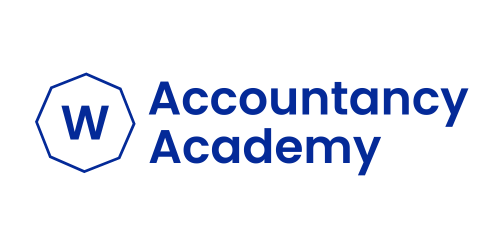While your Trustees’ Annual Report is a formal requirement for the Charity Commission, consider how it might also support your wider communication. Given the time and effort you invest in writing it, could it double as a tool to inform supporters, donors, or members?
Many churches and charities already use the “Achievements and Performance” section as a year-in-review for their community. I've seen great reports enhanced with photos—leaders receiving awards, volunteers in action, food parcels being distributed. These images tell a powerful story.
One church even created a one-page infographic highlighting their impact. They included it in the report and sent it out with their annual thank-you letters. There are plenty of creative ways to make your Trustees’ Report more engaging and widely used.
Your report and accounts are public, available on the Charity Commission’s website. They might be read by your bank manager, a potential lender, a grant funder, or a future donor. If you plan to apply for funding or loans, it’s worth taking the time to tailor your report for these readers.
Think about your audience—regular supporters, beneficiaries, funders. What do you want them to know about your charity’s story, your work, and your impact? Use your report to open that window.
Every charity must report on its achievements. Larger charities need to show progress against their stated objectives, but even smaller organisations benefit from this approach. It helps create a consistent narrative over time, showing how you're meeting your charitable aims and pursuing your vision.
Impact can be hard to measure—especially for faith-based charities—but don’t shy away from describing the difference you’ve made. Use stories, quotes from service users, real examples of changed lives. Talk about new projects, partnerships, or areas of outreach.
Also, provide context for your numbers. If a leader has stepped down or a social or political change affected your work, explain how. Has income dropped or a new funding source emerged? Give your readers the narrative behind the figures.
You’re also required to summarise your future plans. This is a great moment for trustees and leaders to revisit the strategic plan. Outline your objectives for the coming year, how you’ll achieve them, and then, next year, reflect back—did you meet those goals? Celebrate your progress, share your aspirations, and be honest about your challenges.
Some parts of the report are more technical—your governing document, trustee recruitment, public benefit statement—but even these can be tailored to your charity’s voice.
For example, don’t just state that the trustees have had regard to the Charity Commission’s guidance on public benefit. Explain how your work benefits the public. What services do you provide? Who benefits and how?
If you support other charities financially—even as a small part of your work—include a section explaining why you chose those charities and how this supports your own mission.
Volunteers are vital. Highlight their contribution. You might want to name and thank individuals who went above and beyond—a retired couple running a café, an intern supporting a project, or someone leading a key service.
Often, this section just presents the figures. But it’s also a chance to explain the story behind the numbers. What significant events influenced your finances? Use this section to thank regular donors and explain key changes.
All charities must disclose how much they hold in reserves and why. Larger charities provide more detail—how free reserves are calculated, what their policy is, and what steps are being taken to reach the desired level. Even if you’re small, it’s worth including these points.
If you hold investments, consider including a summary of your ethical, social, or environmental investment policy—especially if the board has spent time developing one.
You can add sections that align with your charity’s focus. For example:
- Environmental impact
- Safeguarding practices
- Social action projects
- A statement of faith (for churches)
- Updates on buildings or assets
- Notes from a quinquennial inspection
- A personal message from the chair of trustees
These can help readers understand your work and values more deeply.
Ultimately, this is your report—make it reflect your charity. Engage your readers, highlight your achievements, and make the process valuable for your trustees. It’s an opportunity to reflect on your strategy, risks, and finances, and to celebrate your mission.
While the report should be approved by the full board, you can involve different team members in drafting relevant sections. And once it’s complete, share it widely. Ask for feedback. Use it as a tool to build connections and trust with your community.


